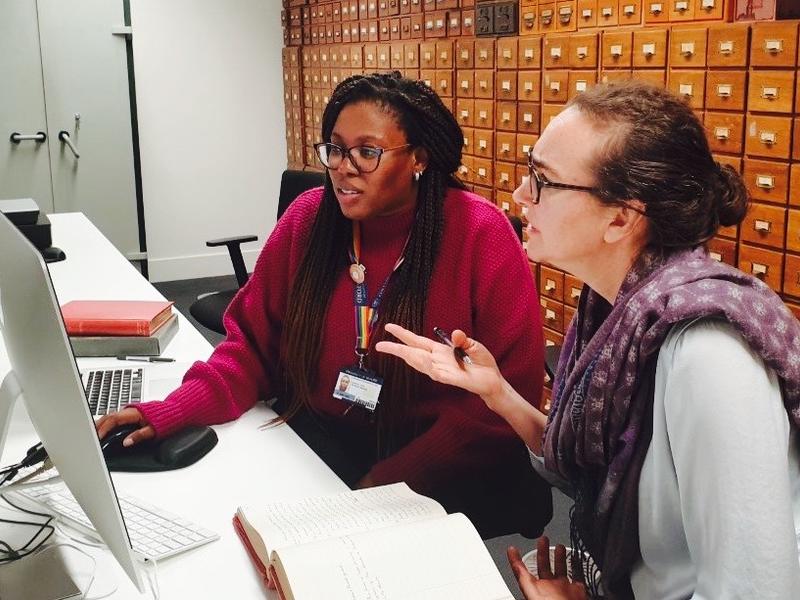A collaboration between Oxford’s Pitt-Rivers Museum and the Dictionary Lab, this project investigates the language of the labels and tags used in the Pitt Rivers Museum from 1884 to the present day.
The Pitt Rivers Museum has a collection of over half a million archeological and ethnographic objects from all parts of the world. Led by Marenka Thompson-Odlum, we assess the terminology used on museum labels to describe people, cultures, and objects over time.
Research Question
Labels on objects in museums matter. Some words and phrases may be outright derogatory or offensive to the creators of the objects; some may contain taboo or sacred content that is restricted to certain cultural groups; and others may ignore important context. All of them betray the museum curator’s view of the world, their biases, and their prejudices.
In Oxford’s Pitt Rivers Museum those labels span a history of 150 years, and therefore represent a complex set of terms, concepts, and stereotypes that have changed over time. What do the words used to describe the museum’s collection by Victorians such as General Pitt-Rivers, Henry Balfour, E. B. Tylor, and Henry Nottidge Moseley tell us about their view of the world?
A museum plays a powerful role in how a culture sees itself and others, and the words it uses to label its objects are key to understanding a nation’s place in the world, and its past, present, and future. While attempting to correct the inaccuracies and biases of the past, how might curators of museums today deal with this legacy material in ways that teach us about the past and prepare us for a future that respects, values, and collaborates with indigenous communities around the world?
Research Team
Marenka Thompson-Odlum (Pitt Rivers Museum) Principal Investigator;
Sarah Ogilvie (Oxford)

Marenka Thompson-Odlum and Sarah Ogilvie investigate the language of labels in the catalogue of the Pitt Rivers Museum in Oxford